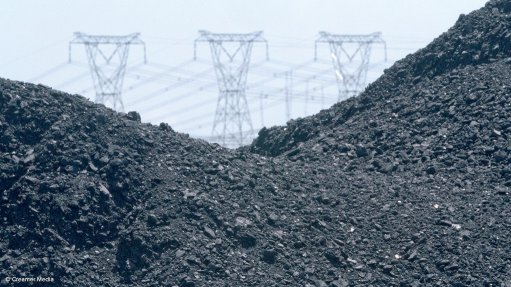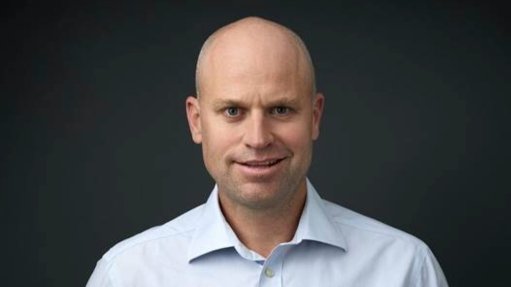40 years on
Now it happens that, 40 years ago, I had just finished my university degree and was on my way to the South African Navy to spend two years as a guest of government.
At that time, the state of the electrical supply was this: houses and buildings were supplied with electricity by cables and power lines, being either manufactured from copper, aluminium or aluminum/steel. Power was supplied as either single phase (as in 220 V, 50 Hz) or three phase (as in 400 V, 50 Hz or higher voltages). A typical residential distribution system for a suburb took power from the grid at 11 000 V. It was stepped down to 400 V, three phase and then fed to the houses through a meter, which measured kilowatt hours. Bills were sent to consumers. If they did not pay the electricity bill, then the power was disconnected. If they bypassed the connection, they would be fined. If they failed to pay the fine, they would get charged in court and get awarded a double fine. If they failed to pay that, they would get a criminal charge and a suspended sentence.
At the time, most townships were not electrified (Soweto and Alexandra were not). Khayelitsha, in Cape Town, did not exist and the two townships that did exist, Nyanga and Langa, were not electrified. It should be remembered that much of what is now Sandton was smallholdings that were not electrified.
So now, today, we have the following situation: most of South Africa is electrified but there is an almost impossibility of collecting revenue from consumers. Many consumers are too poor to pay for electricity and some, who note that there is no penalty for not paying, just do not pay. The result is that municipalities are in arrears in their payments to supply authorities and thus, instead of individuals being disconnected from the grid, whole communities are isolated for days at a time.
All this is a problem that has to be solved. Here is the Machoy 40-year plan to solve it: (a) Beginning immediately, all cables and overhead power lines for residential areas must be made with copper conductors spun with stainless steel. This makes them less conductive than pure copper but very much harder to steal or sell. (b) The residential tariffs must be revised as follows: (i) A one-off connection fee. A basic tariff is not metered but is a supply-rated at 2.5 Amps from a circuit breaker high up on a pole. Consumers may use as much power as they want but, if they load the circuit too much and trip the circuit breaker, it will only be reset once a month. (ii) All other supplies will have a tariff meter. All tariff meters to be replaced with ‘tariff handshake meters’. These meters receive a coded pulse through the main power connection. Each time the meter sends a pulse back, the meter operates for a further 24 hours. If no pulse is received, the meter shuts down and self-destructs. (iii) All residential tariffs to be reduced by 50%. Thereafter, tariffs to increase by 8% a year for ten years. (c) After ten years of the new system, the tariff meters to be replaced with meters which invert dc to ac power. Thereafter, the power supply to various areas to be changed from three phase or single phase ac to dc power rated typically at 700 V. There will be no need to change the cables or overhead power lines and, without the meter inverter, not paying for the power or bypassing or illegal connections will not be possible. All applicants will be charged what they can afford for power.
Okay, will it all work? There are flaws in my proposal but the current system is never going to work. As long as cable theft, illegal connections and nonpayment exist, things will get much worse. What we need is a plan to change things, noting African problems. If we don’t, the whole thing will collapse.
Article Enquiry
Email Article
Save Article
Feedback
To advertise email advertising@creamermedia.co.za or click here
Comments
Press Office
Announcements
What's On
Subscribe to improve your user experience...
Option 1 (equivalent of R125 a month):
Receive a weekly copy of Creamer Media's Engineering News & Mining Weekly magazine
(print copy for those in South Africa and e-magazine for those outside of South Africa)
Receive daily email newsletters
Access to full search results
Access archive of magazine back copies
Access to Projects in Progress
Access to ONE Research Report of your choice in PDF format
Option 2 (equivalent of R375 a month):
All benefits from Option 1
PLUS
Access to Creamer Media's Research Channel Africa for ALL Research Reports, in PDF format, on various industrial and mining sectors
including Electricity; Water; Energy Transition; Hydrogen; Roads, Rail and Ports; Coal; Gold; Platinum; Battery Metals; etc.
Already a subscriber?
Forgotten your password?
Receive weekly copy of Creamer Media's Engineering News & Mining Weekly magazine (print copy for those in South Africa and e-magazine for those outside of South Africa)
➕
Recieve daily email newsletters
➕
Access to full search results
➕
Access archive of magazine back copies
➕
Access to Projects in Progress
➕
Access to ONE Research Report of your choice in PDF format
RESEARCH CHANNEL AFRICA
R4500 (equivalent of R375 a month)
SUBSCRIBEAll benefits from Option 1
➕
Access to Creamer Media's Research Channel Africa for ALL Research Reports on various industrial and mining sectors, in PDF format, including on:
Electricity
➕
Water
➕
Energy Transition
➕
Hydrogen
➕
Roads, Rail and Ports
➕
Coal
➕
Gold
➕
Platinum
➕
Battery Metals
➕
etc.
Receive all benefits from Option 1 or Option 2 delivered to numerous people at your company
➕
Multiple User names and Passwords for simultaneous log-ins
➕
Intranet integration access to all in your organisation


















